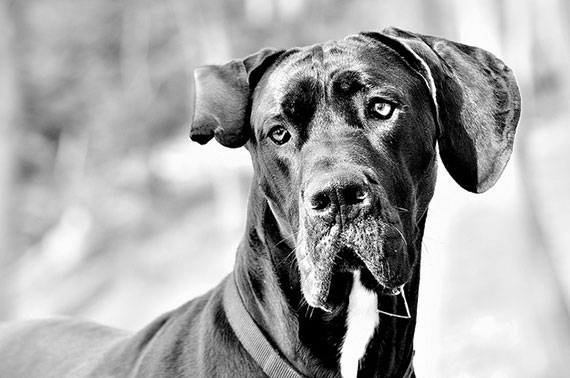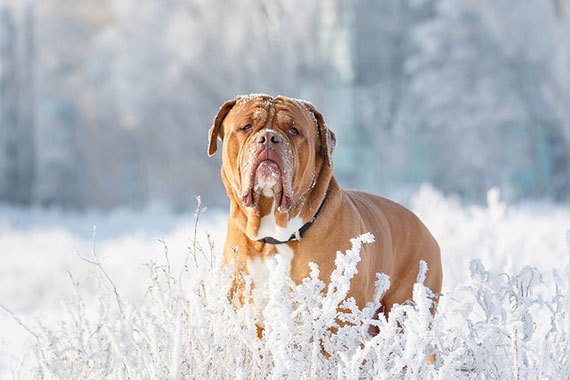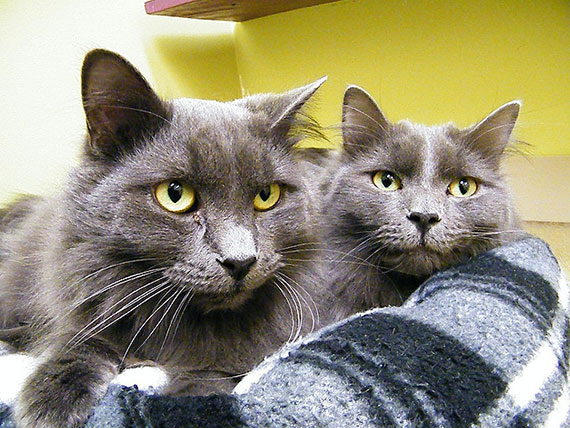Taking great photographs isn’t easy. It takes time, patience, and a little bit of knowledge! This article focuses on taking photographs of pets or animals, and the challenges this sometimes poses.

Photo by Paul B; ISO 640, f/8.0, 1/160-second exposure.
What follows are a few tips I’ve learned over the years shooting animals and pets (but these tips can also translate for shooting other subjects).
1. Patience & Positive Attitude
This is definitely number one for me. If you rush through the shoot and become frustrated, the results will suffer. A positive, carefree attitude is felt by our furry friends and in turn they become much more comfortable with having a camera in their faces (as Cesar Milan would say “calm and assertive” is the best approach!). If you’re feeling frustrated or getting impatient, just take a break and get back to it when you’re in a better frame of mind.
Don’t rush the shoot; it can sometimes take hours to get a great shot.
2. Enjoy it!
If you’re not enjoying yourself, you can’t expect to get good shots. Have fun and the pictures will practically take themselves.
3. Natural Lighting
When possible, opt for natural light. Try shooting either at dawn or dusk, as this can create great natural shadows and light. Avoid high noon, as this is the harshest time of day to take photos outside.
If it’s cloudy, not to worry! This is the absolute best scenario. Cloudy days offer a soft lighting on your subject, without the harsh shadows.
If it’s a sunny day and you need to do the shoot then, go to a shaded area and shoot there.

Photo by Andrey Shkvarchuk; ISO 250, f/4.0, 1/1000-second exposure.
Indoor shoots can be a challenge, but with the right equipment they turn out great. You need a flash or a very big, bright window to get good lighting. If you have a DSLR, a mounted flash is great when bounced off the ceiling or walls. If you’re using a point and shoot, I would opt for natural window lighting as the flash on those things is usually terrible. With cats I often have to use my flash, but since I bounce it off the ceiling and surrounding walls they don’t seem too bothered by it.
4. Experiment
Try different angles, lighting, and composition to get the best variety. Change things up as much as possible.
5. Shutter Speed and Aperture
As with any portrait, make sure you have these at optimal settings. For a nice blurred background, you want a very wide aperture. If you’ve just got a point and shoot, this likely won’t mean anything to you but the portrait auto modes can do a nice job on their own.
6. Restrict Movement
This sounds cruel, but I just mean keep them contained so you can get the shot. For example, with cats that are a little nervous, you can keep them confined to one room so you’re not chasing them around the house. This works great for kittens!

Photo by burlingtonhumane; ISO 1600, f/3.5, 1/45-second exposure.
More detailed articles on these subjects to come!
About the Author:
Leigha Taylor Photography (leighataylorphotography) specializes in innovative and unique portraits of both people and their pets. Leigha Taylor has over 10 years of shooting experience in Toronto. She has a masters degree, a day job, and many hobbies to keep her busy. She currently works in the environmental field conserving nature and taking pictures. Her journey with photography started in the dark room, in the days of film and enlargers. She prefers natural lighting over studio lighting and loves shooting outdoors.
Go to full article: Pet Portrait Photography Tips
What are your thoughts on this article? Join the discussion on Facebook
PictureCorrect subscribers can also learn more today with our #1 bestseller: The Photography Tutorial eBook
The post Pet Portrait Photography Tips appeared first on PictureCorrect.
from PictureCorrect https://ift.tt/2HZagVE
via IFTTT






0 kommenttia:
Lähetä kommentti